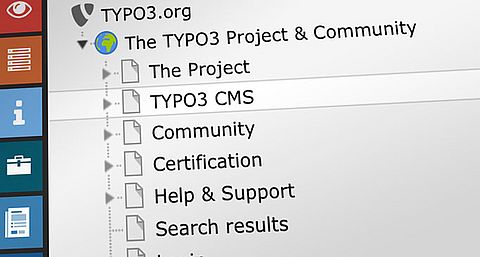When using Slack, we ask you to please stick to the TYPO3 community code of conduct.
N.B. If you have a support question, please ask it on Stack Overflow first. Slack is a very handy and fast tool for getting answers, but it is not a publicly available resource. To increase the visibility of TYPO3 and TYPO3 related questions on the web, please ask your support question on Stack Overflow and then paste it into Slack. Following your discussion please make sure the result (hopefully the right answer!) is added to Stack Overflow to help the wider community.
- Guidelines for creating new channels: Please check first, if there is already a channel, which matches with your topic. Add a description about your channel, that others can easily identify the purpose of your channel.
- Use our naming conventions
- General Tips:
- Use names from more general to more specific, separated by dash ('-'). Example: #generalcategory-specificcategory. This way if someone is in several similar channels, they will be sorted in a way that is helpful for them.
- Channels about a general topic often begin with #cig (e.g. #cig-performance)
- Use well-known terms for things that are already being used. Example: #t3cs is used for TYPO3 camp Stuttgart. That is already being used as hashtag. #t3ch-hamburg adds additional clarification and disambiguation.
- Specific conventions:
- Channels for specific extensions: #ext-<extkey>, example: #ext-news
- Channels for user groups: #t3ug<usergroupname>'', example: #t3ughof (user group Hof), #t3ugrn (user group Rhein-Neckar)
- Channels for camps: #t3c<location>, e.g. #t3ch (Hamburg) or #t3ch-hamburg (is longer, but avoids ambiguity)
- Use threads for one topic: To make discussions more clearly arranged, use the threads options It isok to create a thread from someone's message.
- Direct messages: Please respect the privacy of our users and avoid direct messages. Use them only, if you are already in touch with someone.
- Use notification wisely: Please consider always before use a @user, @here, @channel notation, if this notification is really needed.
- How do we get channels closed? Our admin team identifies channel with duplicated purposes or with no actions. They will get archived and later finally deleted.





